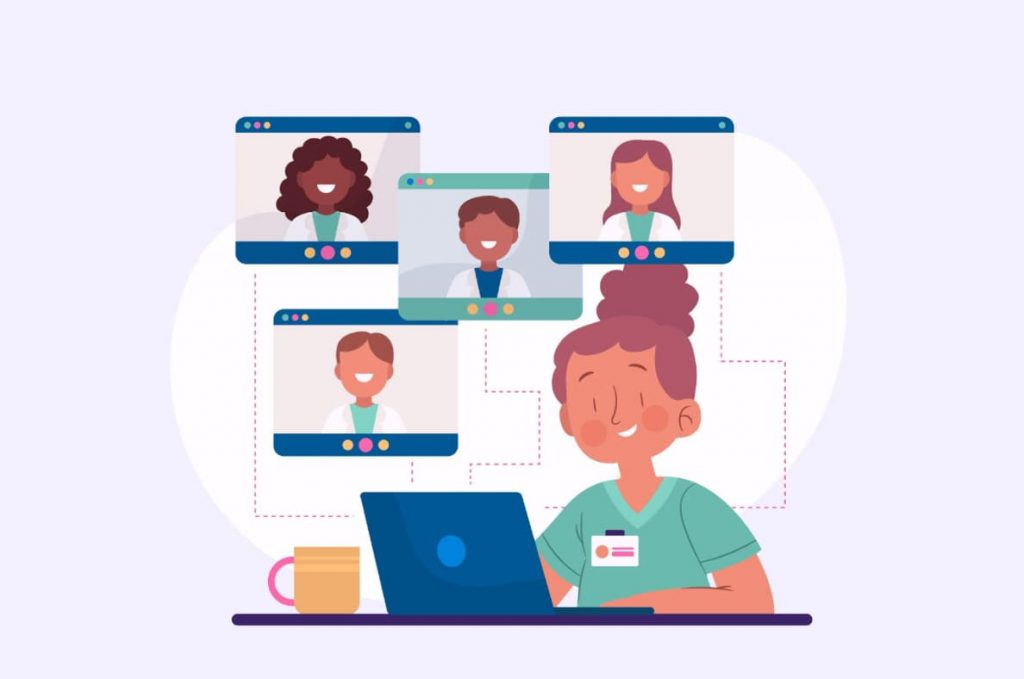Categories:
Virtual assistants are revolutionizing education by providing personalized and accessible support. In this article, you will discover what these assistants are, their specific functions, how they are integrated into the educational sphere, and the benefits and challenges they present.
Educational innovation with AI: facilitates access to information and academic support
A virtual assistant is an application or software that uses artificial intelligence (AI) technologies to perform specific tasks through voice commands, text, or automated interactions. These assistants are designed to help you with a variety of activities, such as answering questions, managing calendars, conducting information searches, and more. In the educational field, virtual assistants can be powerful tools for facilitating access to information, providing academic support, and enhancing the learning experience.
Thanks to advances in natural language processing and machine learning, these assistants can understand and process human language, allowing them to interact with you in a more natural and effective way. Examples of virtual assistants include Apple’s Siri, Amazon’s Alexa, and Google Assistant.
Functions of AI in the classroom: from academic support to administrative management
Integrating virtual assistants into K-12 education offers a wide range of possibilities to improve both teaching and learning. These assistants can be used at different stages of the educational process, from primary education to secondary education, and in various modes, including in-person, online, and hybrid learning.
In the classroom, virtual assistants can complement lessons taught by teachers. For example, they can provide additional explanations of complex topics, offer practical exercises and quizzes to reinforce learning, or have interactive functions to keep you engaged. In distance learning, virtual assistants become a valuable tool for maintaining educational continuity, providing you with immediate answers to your questions and guiding you through the course content.
Advantages and challenges of virtual assistants in education
Virtual assistants offer numerous advantages in the educational environment. Firstly, they provide 24/7 access to educational resources and support, meaning you can get help at any time, outside of school hours. This is especially useful for self-directed learning and for those who need more time to understand certain concepts.
Another advantage is the personalization of learning. Virtual assistants can adapt the content and pace of lessons according to your individual needs, which can result in a more effective and personalized learning experience. Additionally, these systems can relieve the workload of educators by automating administrative tasks, allowing them to spend more time on planning and direct interaction with you and your peers.
However, the use of these tools also presents challenges. One of the main challenges is data privacy and security, as virtual assistants collect information about your performance and interactions.
Another challenge is the need for appropriate technological infrastructure. Not all students have access to compatible devices or a stable internet connection, which can limit the effective use of virtual assistants. Additionally, implementing and maintaining these systems may require significant resources and training for educators.
Keys to integrating virtual assistants in education safely and effectively
To maximize the benefits of virtual assistants in education, it is important to follow some key recommendations.
Firstly, ensure that data security and privacy are guaranteed. Educational institutions should implement clear policies and secure technologies to protect your information and ensure that data is used ethically and responsibly.
Secondly, it is crucial to provide adequate training for both students and educators. You should understand how to interact with virtual assistants effectively and how to use their functionalities to enhance learning and teaching. This includes familiarizing yourself with the assistant’s capabilities as well as its limitations.
Finally, consider equity in access to technology. Schools and educational platforms should work to ensure that all students have access to the devices and connectivity needed to use virtual assistants. This may include providing devices to those in need or seeking creative solutions to ensure access in areas with limited connectivity.
In conclusion, virtual assistants represent a powerful and innovative tool for transforming K-12 education. They offer numerous advantages, from immediate access to information to personalized learning, but also present challenges that need to be carefully addressed. By following recommendations for effective implementation, you can make the most of this technology, creating more dynamic, inclusive, and student-centered learning experiences.
